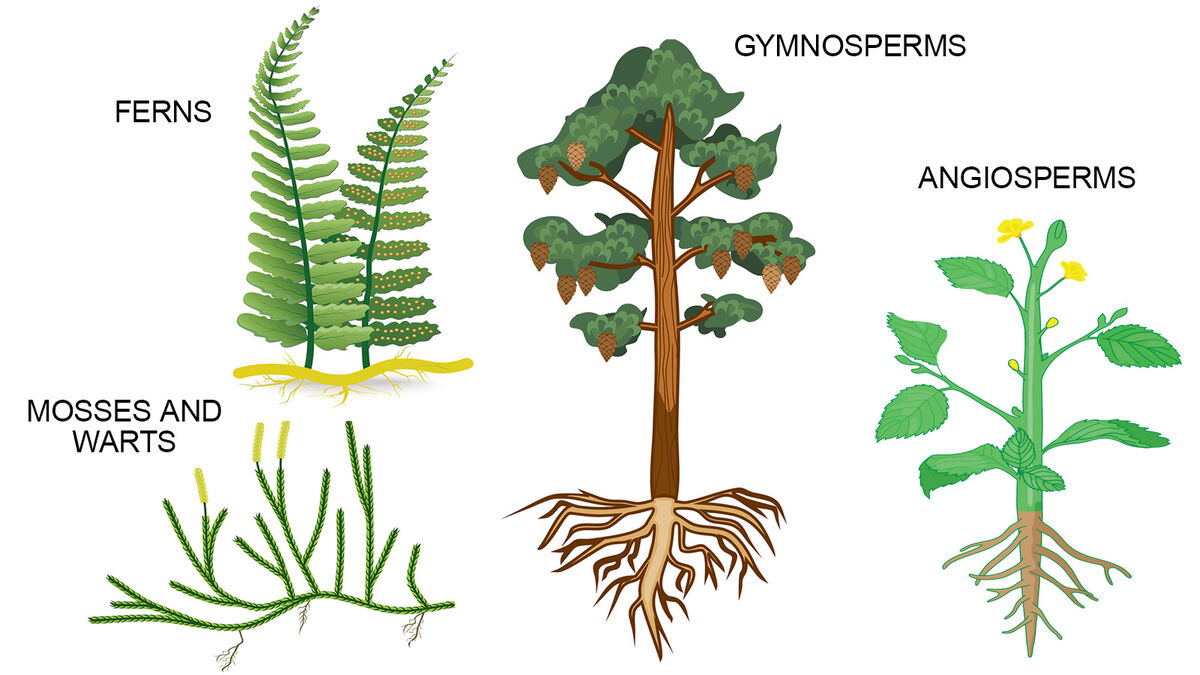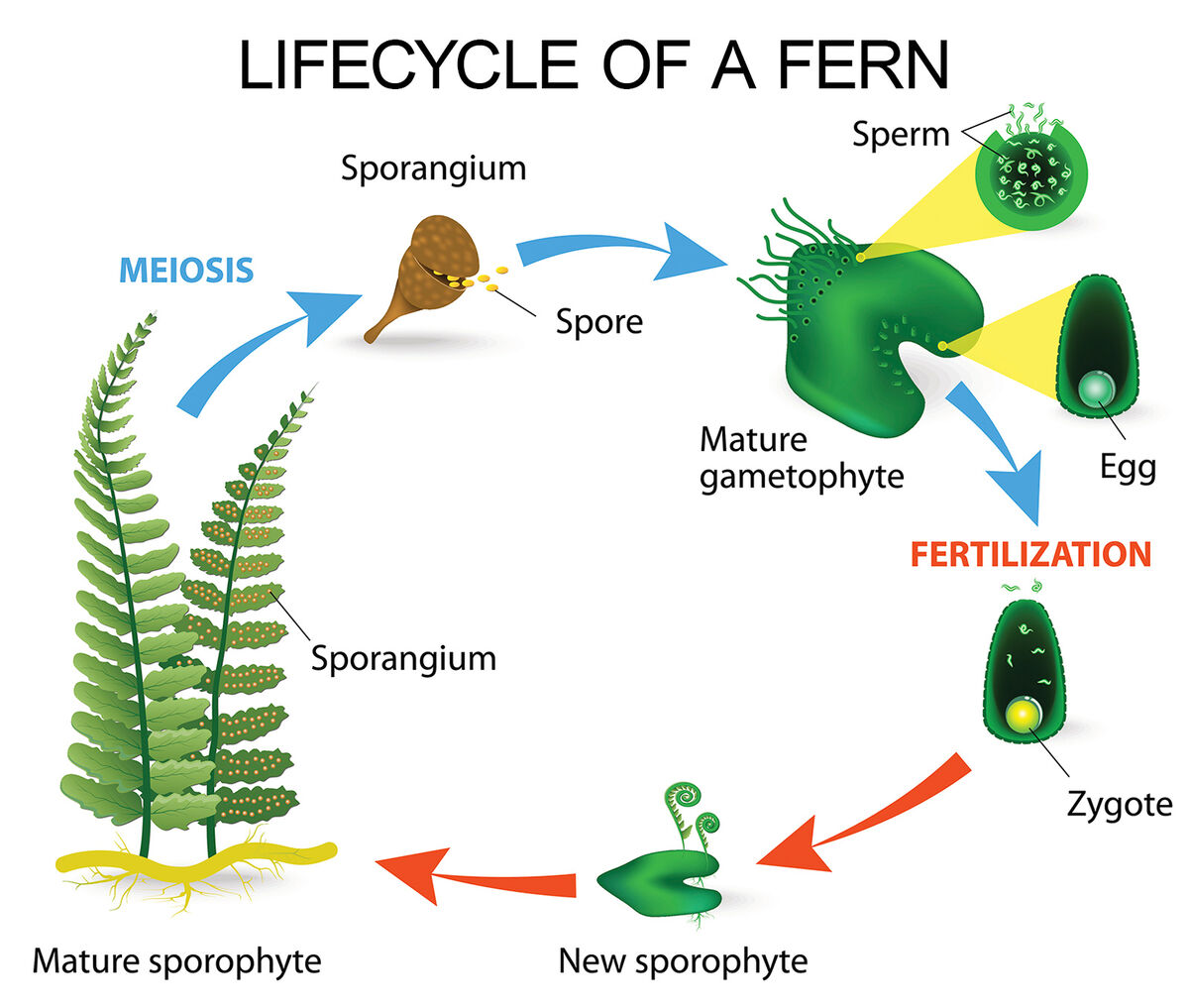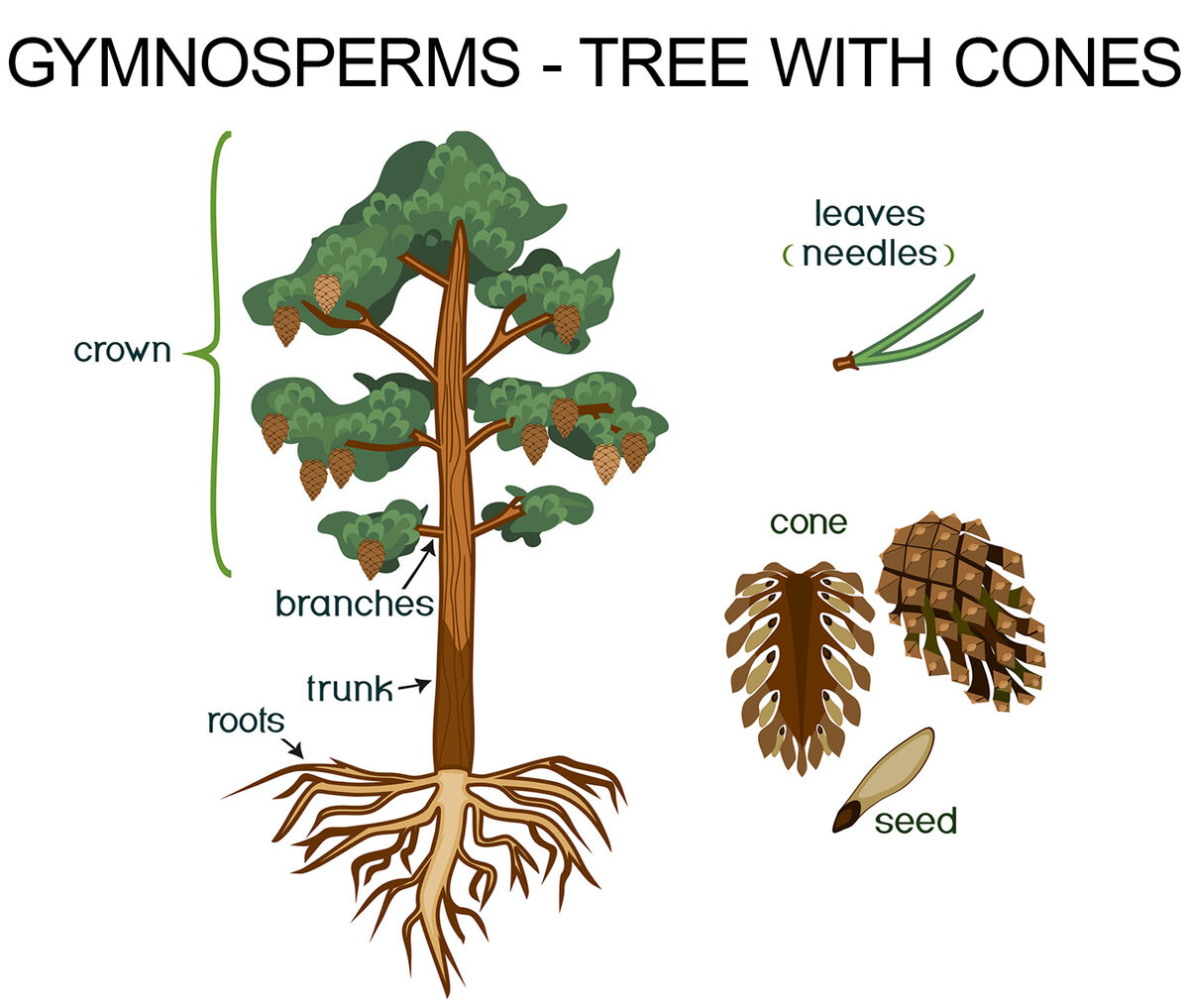
Mosses and Worts
Mosses and worts are low-growing, nonvascular plants. Since they don’t have the vascular system that allows water to travel long distances, these types of plants don’t grow very tall.
Mosses and worts are examples of non-flowering plants.
Mosses
Mosses are little plants that don’t have any leaves or stems. They grow very close together in forms that look like carpets to help hold each other upright.
- They are usually no more than one inch tall.
- They need water to reproduce.
- They live in moist areas away from direct sunlight.
- Their waxy outer covering helps stop water from evaporating.
Liverworts and Hornworts
These are the simplest type of all plants. Liverworts and hornworts don’t have roots.
- They grow in flat leaf-like structures on the ground.
- They have rhizoids, or tiny hairs, on them.
- Some species live in water.

Ferns
Ferns are a type of vascular plant that reproduces by spores. Since they have a type of circulatory system, they can grow taller than mosses and worts.
- They have roots, leaves, stems, and trunks.
- They can live in all different types of ecosystems, as long as it is moist.
- They need water to reproduce.
- Fern leaves are called fronds.
- Tree ferns have stems that can grow several feet long.

Gymnosperms
These are vascular plants that reproduce through seeds. The seeds of gymnosperms grow inside cones.
- They do not make flowers.
- Conifers are a type of gymnosperm that live in cold climates.
- Examples of conifers are pine trees, redwood trees, and spruce trees.
- Cycads are a type of gymnosperm that live in warm climates.
- Gymnosperms rely on the wind to help spread their seeds.

Angiosperms
Angiosperms are also called flowering plants. These are vascular plants with seeds that grow inside a fruit.
- Angiosperms use pollinators to help spread the pollen that helps produce seeds.
- They have stems, roots, and leaves.
- About 80% of all living plants on Earth are angiosperms.
- Examples of angiosperms include grasses, palm trees, roses, and apple trees.

The Powers of Plants
The four main types of plants each have special features that help them survive in the world and across time. Continue exploring the amazing living things you can find on Earth by checking out the different types of animals on the planet.